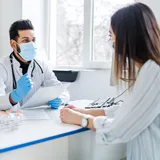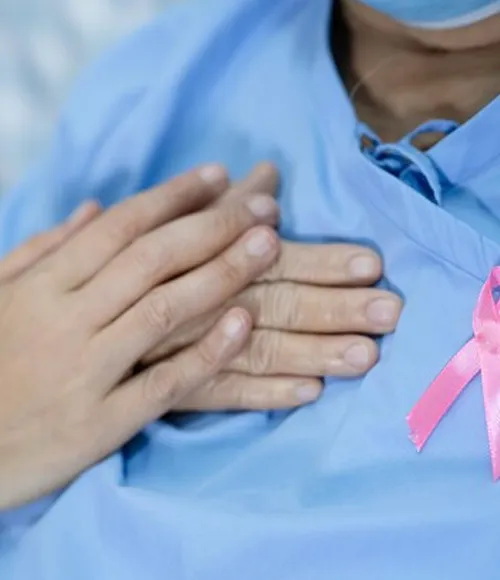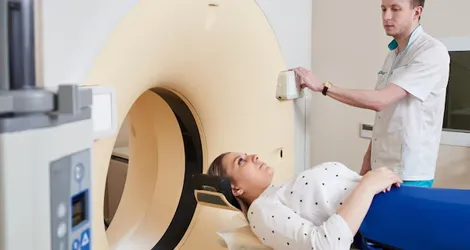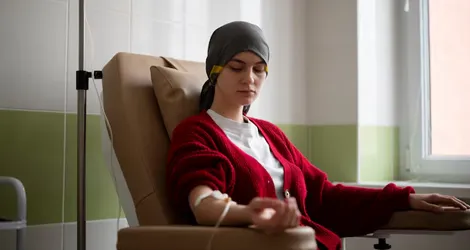Overview
Understanding breast cancer—from its symptoms to its prevention—is essential for early detection, effective treatment, and supportive care. Here’s an expanded look at the key aspects:
Symptoms
Symptoms of breast cancer can differ significantly, and early indications are frequently understated. Seek out:
-
Lumps or Thickening: An area of thickened tissue or a painless lump in the breast or underarm can often be an initial sign.
breast-cancer.symptom_lumps_text -
Modifications in Dimensions or Form: Obvious changes in the breast's look or feel, including swelling or skin dimpling.
breast-cancer.symptom_modifications_text -
Skin or Nipple Alterations: Redness, scaling, or nipple withdrawal, along with abnormal discharge, could indicate underlying problems.
breast-cancer.symptom_skin_nipple_text -
Discomfort or Tenderness: While breast discomfort is typically not linked to cancer, ongoing pain or sensitivity that does not improve should be assessed.
breast-cancer.symptom_discomfort_text
Identifying these signs early can result in timely medical care and improved results.


Diagnosis
Correct diagnosis is the foundation of successful treatment. The procedure generally consists of:















